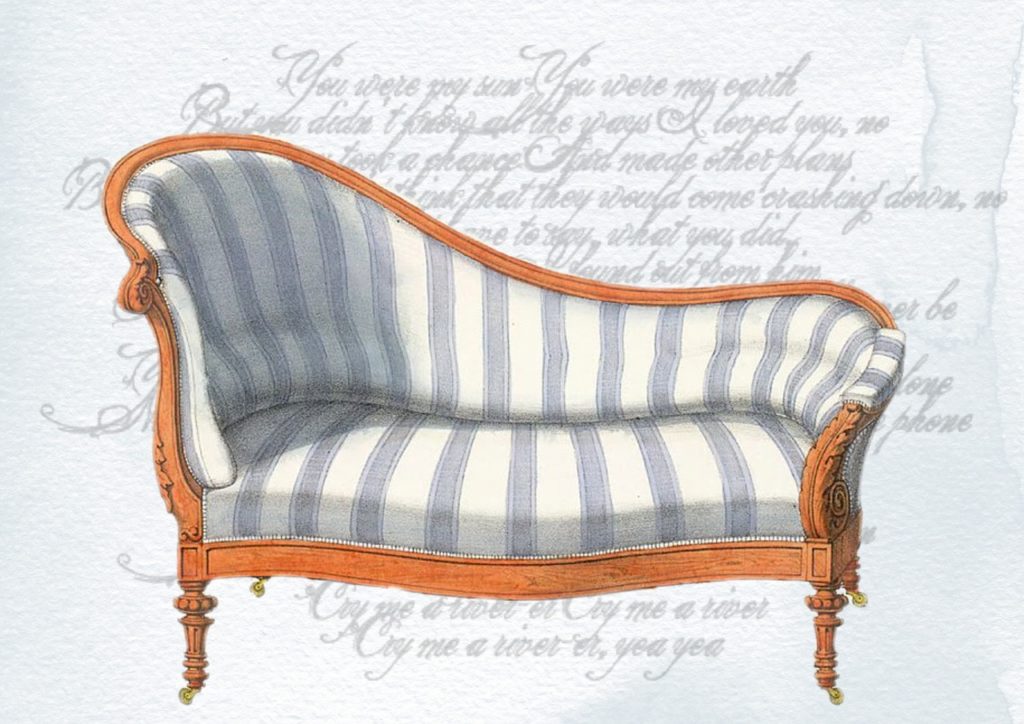In May 2017, Molly Peacock’s poetry collection The Analyst and Terry Griggs’ short story collection The Discovery of Honey were launched from the used bookstore Attic Books and I was there. I bought a copy of each work after enjoying readings from both Peacock and Griggs. Both writers were very warm and encouraging to a writer trying to get her career off the ground. They showed me that writing was a lifetime pursuit, and it doesn’t matter what age you get published at. You don’t need to hit certain milestones at certain ages to become successful. One day I hope to review Griggs’ book, but for now, let’s take a look at Peacock’s highly personal collection.
By reading the blurb on the inside cover, it is made immediately clear that this collection is based in memoir, as this 97 page book focuses on Peacock’s relationship with her lifetime psychoanalyst after the psychoanalyst survives a stroke. When the collection does not focus on this main concept, Peacock pulls up memories from her past, her relationships with friends and family, with a few ekphrasises sprinkled in (as in “Contemplating Our Progress” and “In Our Unexpected Future”).
One thing I found refreshing throughout this collection was the varied types of rhyme types and how she applied more simplistic rhyme schemes. This is most prevalent in the first part of the four parts of the book, but it was nevertheless a good change of pace. The first poem of the book, “Gusto,” uses an aabb… rhyme scheme, often using perfect rhymes and identical rhymes. In having read more than my fair share of modern poetry collections, this more structured rhyme scheme was rather novel. Another interesting thing Peacock did was how she included the settings of many of her poems, as in “The Analyst Draws” which is “in a New York Hospital” or “The Canning Jar” which was “at St. Lawrence Market, Toronto,” giving more authenticity to her work.
“Speaking Of Painting and Bird Watching” is a good example of how Peacock juxtaposes dialogue, image, and memories against each other to enhance one another. “The Pottery Jar” was another exemplary poem with how deep it delved into Peacock’s personal life. Throughout this and many other poems, she used repetition to great effect to emphasize desperation or gratitude. “The Pottery Jar” is also an example of a longer poem done right. I often feel longer poems seem to drag. I think the fact that this particular poem tells a focused narrative and stays away from abstractions is what keeps it fresh and interesting despite its length.
I thoroughly enjoyed Peacock’s poems that focused on her memories such as in “The Canning Jar” or “Authors” because of the storytelling she does. When she focuses on her relationships with her psychoanalyst, friends and family or tells personal stories, I found myself very invested in her work. However, when she moves away from these areas, I found myself slightly less interested. That is not to say that these poems aren’t well written, only that I found myself less invested. While I do enjoy nature poems or other poems that focus on individual images or emotions, having a story to tell keeps me invested longer than something more abstract.
Some Quick Stats:
Author: Molly Peacock
Published: 17 February 2017, W W Norton Company
Pages: 97
